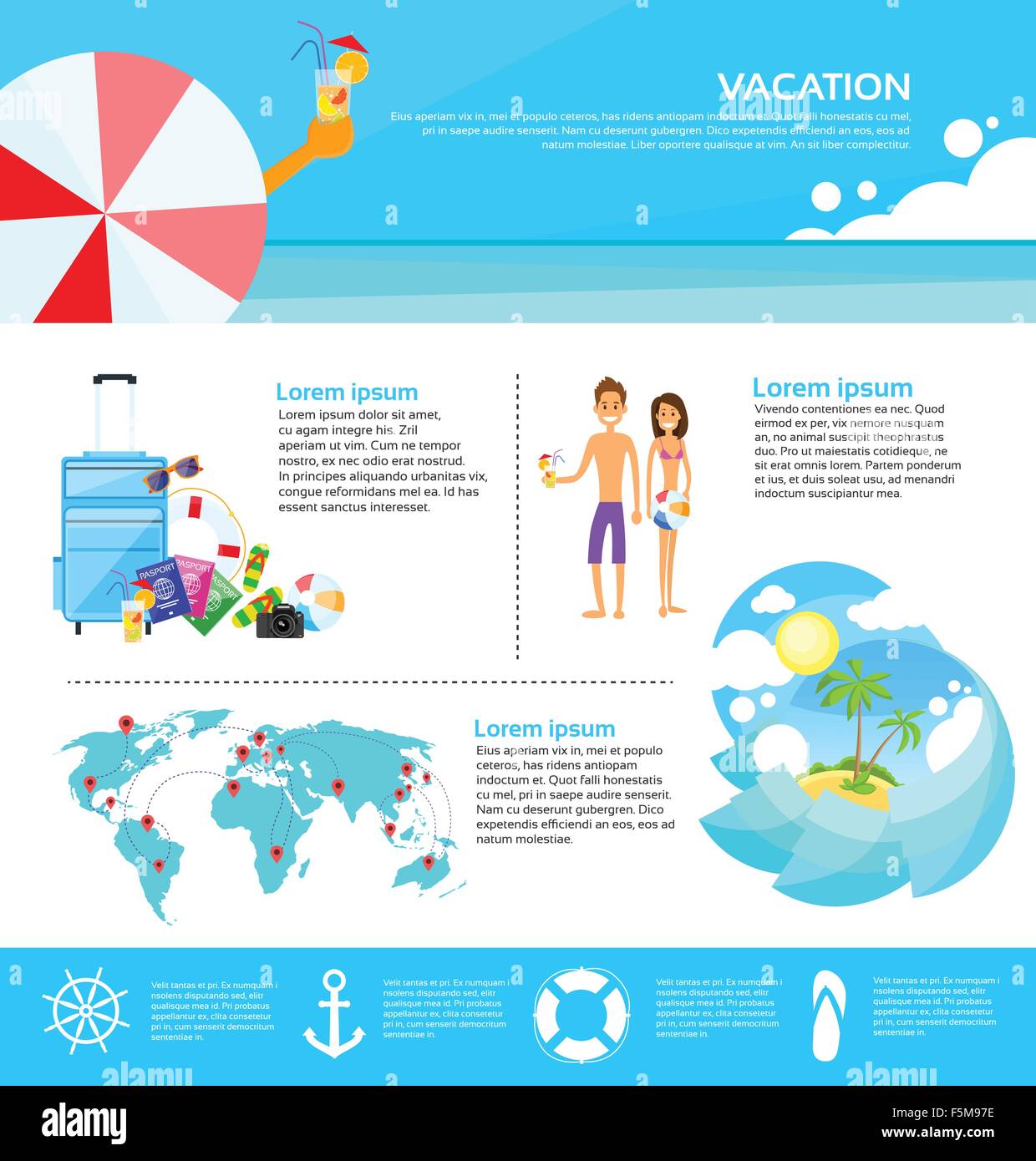The RMS Rhone is an epic ship wreckage that has actually given birth to a stunning aquatic park. It is one of the most preferred dives in the Caribbean. Its terrible tale remains to fascinate and mesmerize us.
Captain Woolley went with the closest course to ocean blue via the network in between Dead Breast Island and Black Rock Point on Salt Island. As Rhone happened to approach the point the tail end of the hurricane tossed her onto the rocks.
The Background
Throughout the yellow high temperature epidemic of the 1860s, transatlantic traveler ships quit regularly at Roadway Harbour, Tortola and Great Harbour on Peter Island to move travelers and cargo between them. Master Frederick Woolley of the Rhone had been warned by a going down measure that a tornado was coming, however believing that the typhoon season was over, he decided to remain at Great Harbour for the transfer with an additional RMS ship, Conway.
Equally as they were passing Black Rock Factor in between Salt and Dead Breast islands, the weather condition all of a sudden altered direction. The initial stumble captured the Rhone on her side and she shattered against the rough coral reef. Tale has it that Captain Wooley was utilizing a silver teaspoon (which continues to be dirtied in the coral reefs today) to stir his cup of tea at the time. The wreckage is currently a prominent dive site, home to a fascinating selection of aquatic life. The majority of people agree that a full expedition of the website requires two different dives, as the bow and demanding sections are spread out apart at various depths.
The Wreck
The Rhone relaxes underneath the warm clear waters of the Caribbean Sea and is a celebrated dive website today. Visitors can explore the extremely undamaged bow section, see where scenes from the 1977 movie The Deep were fired, and swim under the demanding near its large 15 foot prop. This bursting marine park is a suggestion of the fragile balance in between guy and nature.
On 29th October 1867 as Captain Wooley was preparing to anchor the Rhone in Roadway Harbor, the wind and waves moved and he chose to attempt to defeat the approaching storm out right into the ocean blue. He steered the ship to Black Rock Factor between Dead Chest and Blond Rock, a pair of rocky peaks rising up from the water. The ship struck the rocks and sank in 2 areas with the cold water of the incoming trend calling the hot central heating boilers triggering a surge and sinking the vessel with all 123 travelers still tied to their beds.
Snorkeling
Among the most famous accident dives in the Caribbean, snorkelers can easily discover much of the Rhone by just floating on a mask and breathing via the sea. The deeper bow section is especially well-preserved, a kaleidoscope of orange mug corals reefs including yellowtail snapper, sennets and jacks. It's likewise where scenes from the 1977 movie The Deep were recorded.
The stern and waistline are much more broken up, however they offer a haunting glance of a past period. Divers need to plan on at the very least 2 dives to fully experience the Rhone, particularly since presence can in some cases be complicated. Highlights consist of the lucky porthole, which scuba divers rub forever luck, and the well-known bronze prop. The rusting skeleton of the Rhone is an iconic view in the BVI and is a must-see for any diving or boating fanatic. The ship is open to the public for expedition, and many regional dive boats check out daily. The Rhone is protected by the National Park Solution, and entrance is free of charge.
Diving
Among the Caribbean's most celebrated accident dives, Rhone is a coveted website for its historic allure and bristling marine life. It's open and fairly secure, making it appropriate for scuba divers of all experience levels.
The story behind the wreckage is terrible: as she was moving passengers to one more ship, Conway, at Roadway Harbour on Tortola, Rhone rounded Black Rock Point and encountered it at full speed. Warm boilers wrecked against chilly salt water and exploded, sending the Rhone collapsing into yacht charters near me the rocks and sinking in minutes. Just 23 of the 146 people aboard made it through. Their bodies were buried on Salt Island.
The accident split in two when it sank, and the bow area drifted to deeper waters, while the demanding resolved at about 80 feet. Both are swallowed up in reefs and occupied by aquatic life, consisting of schools of yellowtail snappers, sennets, jacks and grunts. It takes a minimum of 2 dives to explore the whole wreckage, though, because the bow and strict areas are separated by regarding 100 feet of water.
